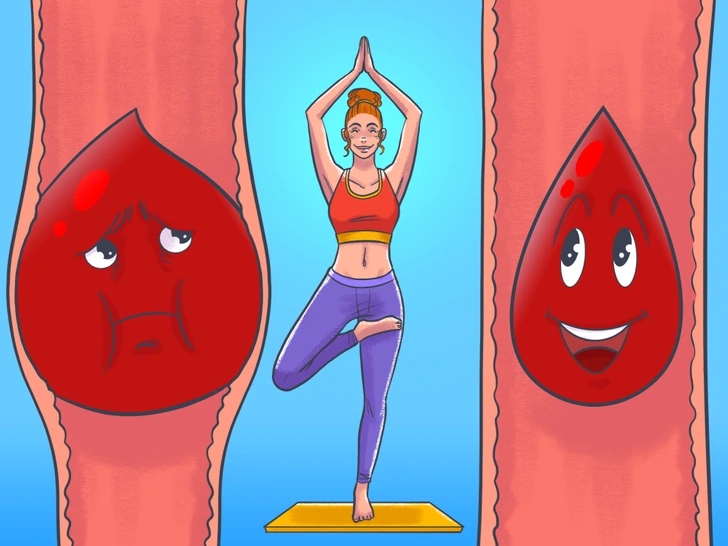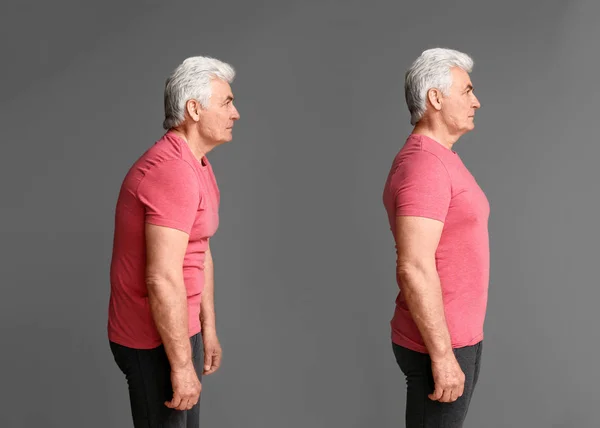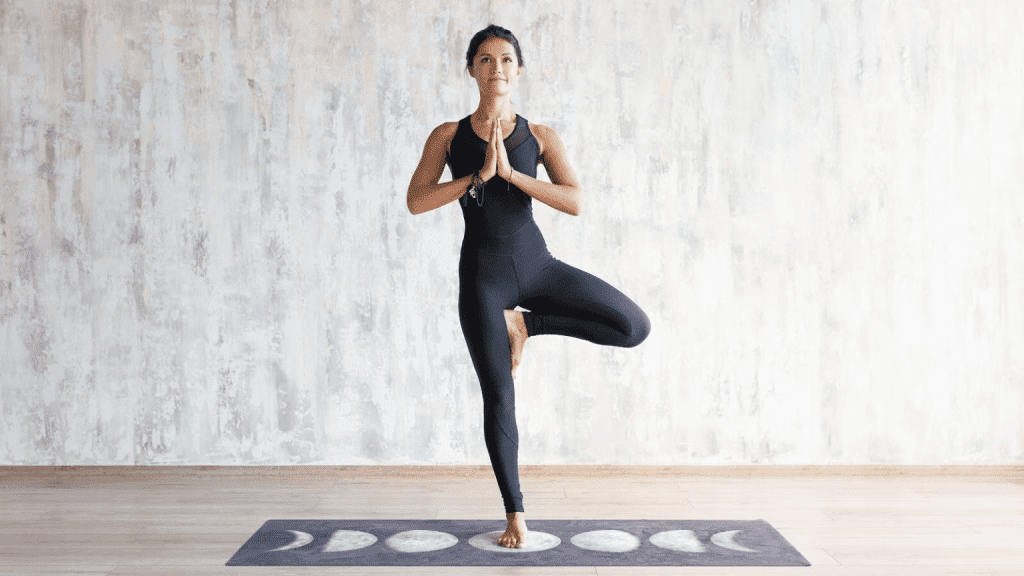It’s not every day that you hear standing on one leg could offer as many benefits as a traditional workout. But it’s true—balancing on one leg can deliver surprising health perks without breaking a sweat. Imagine doing something as simple as brushing your teeth while standing on one leg and reaping real fitness rewards. Sounds too good to be true, right? Let’s explore why this seemingly effortless exercise could be a game-changer for your health.
Standing on One Leg: More Than Just Balance
At first glance, standing on one leg might seem like a simple balance test, but it’s so much more. This practice not only engages multiple muscle groups but also helps assess your overall health. The act of balancing on one leg activates your core, legs, and even your brain. While you’re not lifting weights or doing cardio, you are performing a low-impact workout that comes with its own set of benefits.

Boosting Cardiovascular Health Without Breaking a Sweat
Surprisingly, the ability to stand on one leg for a significant amount of time can serve as a quick test of your cardiovascular health. A study showed that individuals who could balance on one leg for at least 20 seconds had better cardiovascular health than those who couldn’t. In fact, those who struggled to maintain balance were found to have a higher risk of heart attacks or strokes.
Think of it this way: if balancing on one leg seems tricky, it could be your body’s way of warning you about underlying cardiovascular issues. It’s an easy and effective way to gauge your heart health without heading to the gym or doctor’s office.
Brain Power: How Standing on One Leg Helps Prevent Dementia
Standing on one leg doesn’t just work out your body—it also boosts your brain health. This exercise has been linked to better cognitive functioning and a lower risk of dementia. Why? Because balance requires the coordination of various bodily systems, including the brain. By practicing balance exercises like standing on one leg, you keep these systems sharp and harmonized.
Research shows that people who struggle to stand on one leg may have small blood vessel damage in the brain. This can lead to cognitive decline and an increased risk of mental disorders like dementia. So, by practicing balance, you’re essentially giving your brain a workout as well!
Strengthen Your Core Without Crunches
No one enjoys endless crunches or painful sit-ups, but who knew that standing on one leg could offer similar benefits for your core? The balancing act forces your body to stabilize itself, engaging your abdominal muscles without the need for traditional core exercises.
Balancing exercises like this one protect you from the dangers of a sedentary lifestyle, such as weak muscles and poor posture. Incorporating this simple stance into your daily routine can help you build a stronger, more resilient core over time. It’s a small change with big benefits.
Posture Check: Fixing Alignment Issues Naturally

Maintaining good posture is crucial for your overall health, but it can be difficult to achieve when you’re hunched over a desk all day. Standing on one leg can help you evaluate and improve your posture naturally. As you balance, your shoulders tend to broaden and your chest opens up, promoting proper spinal alignment.
In fact, if you find it hard to hold the pose for long, it might be due to poor posture. This simple stance acts as a natural diagnostic tool to identify postural imbalances. By practicing regularly, you can gradually correct your alignment and enhance your posture.
A Predictor of Cognitive Decline: Can You Stand on One Leg?
It might sound far-fetched, but your ability to balance on one leg could reveal early signs of cognitive decline. Difficulty in maintaining balance has been linked to conditions like Parkinson’s disease. If you or someone you know struggles to stand on one leg, it may be worth keeping an eye on for future cognitive issues.
This makes standing on one leg not just a workout, but a potential tool for identifying early warning signs of serious health conditions. Regular practice could improve both your balance and mental agility, potentially delaying or preventing cognitive issues down the road.
The Perfect Addition to Your Daily Routine

Standing on one leg is a no-fuss, no-equipment exercise that you can fit into your daily routine effortlessly. Whether you’re brushing your teeth, waiting for your morning coffee, or even standing in line, you can practice this simple but effective stance.
The best part? It requires no extra time or special gear—just you and a little bit of balance. Plus, it’s a great way to sneak in some exercise on days when you’re too busy or tired for a full workout.
Conclusion
Standing on one leg might seem trivial at first, but as we’ve seen, it’s far from that. This simple act can improve your cardiovascular health, enhance cognitive function, strengthen your core, and even help you maintain better posture. It’s an all-in-one, low-effort workout that packs a punch without requiring any extra time or equipment.
So, the next time you’re brushing your teeth or waiting for the microwave to finish, lift one leg and test your balance. Over time, you might find yourself feeling stronger, healthier, and more in tune with your body. It’s a small change, but one that can have lasting benefits for your overall health.


